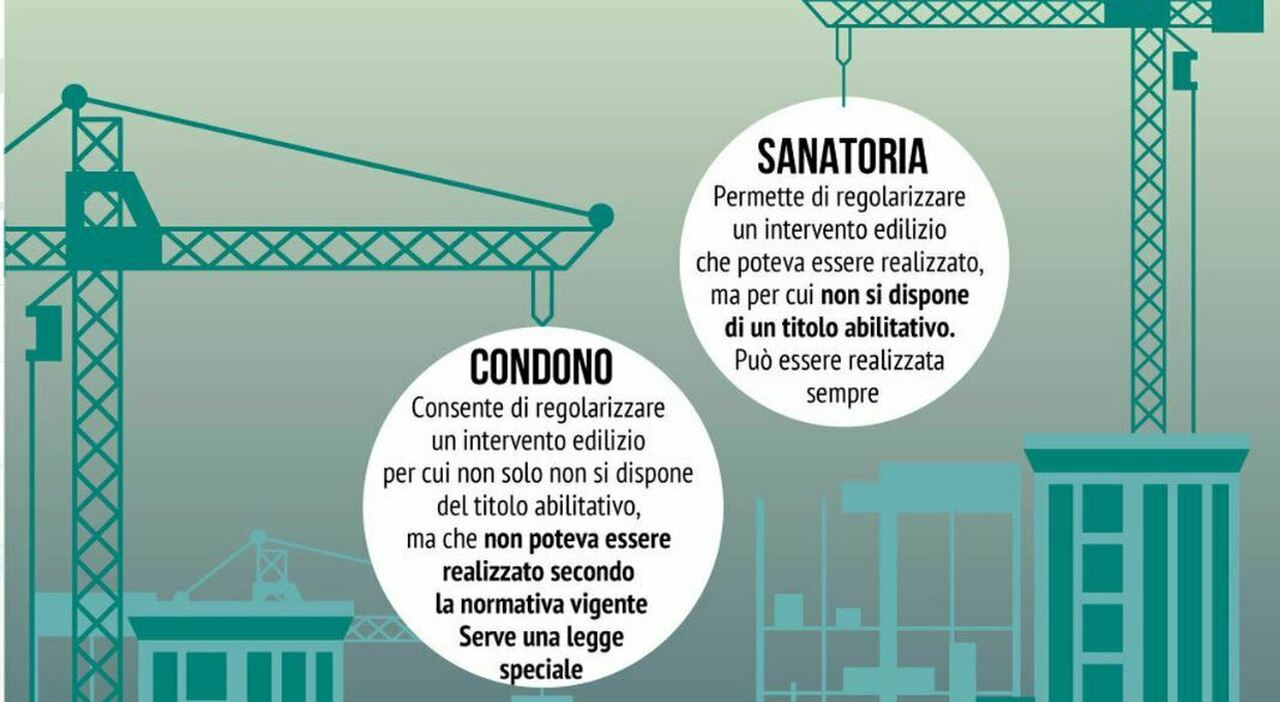Wednesday 17 April 2024, 18:17 - Last updated: 19 May, 07:34
Walls, mezzanines, partitions, niches, cornices, and doors. Soon, small architectural, construction, or urban planning irregularities can be regularized. Also, as guaranteed by the Minister of Infrastructure, Matteo Salvini: "It will not be a generalized amnesty." In the coming days, the Ministry of Infrastructure will present its housing plan, which, according to the National Council of Engineers, could affect small irregularities in 80% of the Italian real estate heritage, that is, over 12,000 buildings. As explained by the head of the ministry, the aim is to "protect small property owners who in many cases have been waiting for decades for the regularization of their positions and who often cannot renovate or sell their own house" precisely because of the cadastral disparities. Consequently, the measure will not cover those who have built a villa or a building without authorization or expanded an existing structure with a further annex. Here, therefore, is what can be regularized.
Superbonus 2024, here's what changes (for those who have started work) after the government decree.
ARCHITECTURAL DISCREPANCIES
It will be possible to regularize irregularities that arose after finding discrepancies between what is declared on the cadastral maps and the work actually carried out. These differences are generated by corrections during construction, or over the years, during maintenance works. For the assessment of these cases, specific documentation is required (such as cadastral surveys and cadastral plans). This type of discrepancy can, for example, also cause the annulment of the deed of sale.
BUILDING DISCREPANCIES
The intervention is then extended to those small so-called "internal" irregularities, which were recorded after moving a partition, the division and merging of one or more rooms, or the creation of internal doors. Therefore, walls, mezzanines, niches, or cornices are also included in this intervention. In this case, works necessary to remove and replace parts of the buildings and to create and integrate sanitary and technological services can also be considered. The important thing is that, on the one hand, they have not altered the overall volume of the buildings and, on the other, they comply with health and sanitary standards.
URBAN PLANNING DISCREPANCIES
In the Ministry of Infrastructure's plan, it will also be possible to regularize irregularities that cannot be pardoned by the so-called principle of double conformity. That is, a work is only regularizable if the urban planning regulations in force at the date of submission of the application are compatible with those in force at the time the building abuse occurred. To submit the application, this document to be attached is the fundamental prerequisite. But it becomes a very heavy burden for small owners, because it requires the need to turn to a professional who has a broad knowledge of historical legislation both at the national and local level.
© ALL RIGHTS RESERVED
This article is automatically translated
